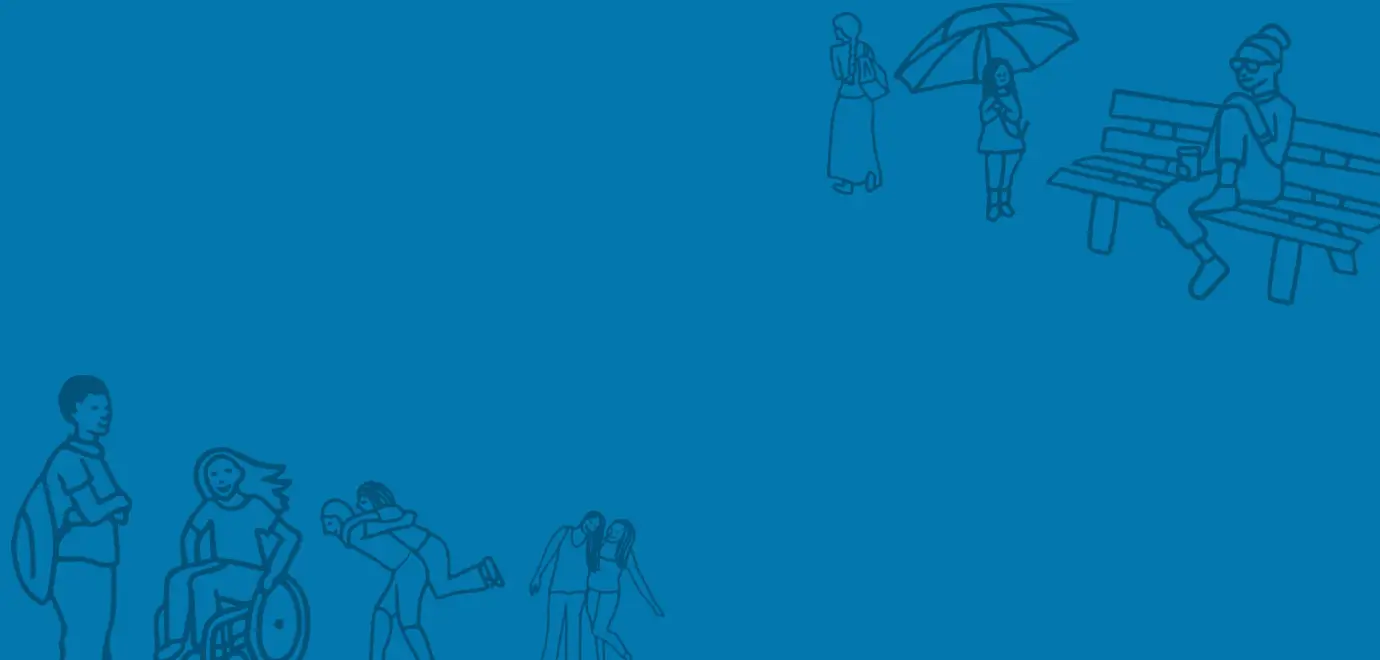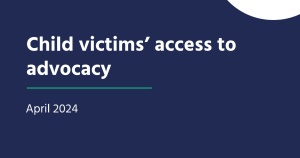This summer hundreds of children risked their lives embarking on highly dangerous journeys from France to the UK by boat. After Covid-19 struck in March, child refugees abroad saw their already desperate living conditions deteriorate as support and aid fell away. In Calais, evictions and the dismantling of camps left children without shelter and basic facilities. European lockdowns, travel bans and tighter port security also restricted options for children to find safety elsewhere. Many children decided that crossing the English channel – and putting their lives in the hands of criminal traffickers or people smugglers in most cases – was their only option for refuge after months of unimaginable hardship.
The pandemic has made these children’s journeys more visible and more perilous, but this story is all too familiar. Growing numbers of children are fleeing danger and harm yet are blocked from finding sanctuary in the UK by prohibitive legislation set within an unwelcoming, slow-moving system. Right now, hundreds of children in northern France and thousands in Greece remain in dangerous and inhumane living conditions. They are mentally and physically exhausted from the traumas of rough sleeping, insecure food and shelter, intimidation and exploitation.
Progress in addressing this issue has taken one step forward and two steps back. 3 years ago, the French and UK governments worked together to identify and assess the eligibility of hundreds of children in Calais – undoubtedly saving lives. However, the safe and legal routes which used to be available to them to come to the UK have fallen away.
There is grave uncertainty regarding the EU Dublin III Regulation which has been a lifeline in reuniting some children with their families in the UK. In 2019 for example, 164 children transferred on these grounds. Their lives were transformed by this proven infrastructure to protect children and allow them to trust in the system.
From January 2021 this route to safety could vanish if not protected in legislation after the Brexit transition period. This would leave children as young as 11 even more desperate and willing to take huge and dangerous risks to get to this country.
This threat comes at a time when there are almost no other safe and legal routes of passage to the UK for children. In May, the government announced its closure of the Section 67 (Dubs) scheme after success in bringing 480 children to the UK via this route. Need is increasing but the few remaining doors for vulnerable children are closing.
There is an opportunity now to act and be progressive once again. On Monday, the Immigration and Social Security Co-ordination (EU Withdrawal) Bill to protect family reunion will be returned to the House of Commons for consideration, after the House of Lords voted in its favour. There is no fall-back option in law at the moment – the UK’s domestic Immigration Rules are not an adequate substitute. The government has the power to accept this amendment, and in doing so prove its commitment to vulnerable children post-Brexit. I strongly urge them to choose this legacy over one that strips children of their ability to grow up and live with their families.
The UK government is not alone in holding this responsibility towards children. Conditions for children and families in Calais are dire, yet France and the European Commission too have failed to provide clarity on how they will secure children a decent future. The need for governments to work together and construct new agreements has never been more critical, to lay the foundations for 2021.
Safeguarding unaccompanied children once they reach the UK
Once children reach the UK we need to do all we can to help them. But the numbers of children crossing the channel has left current systems and processes buckling and in need of reform.
On 17th August Kent local authority announced that it was unable to safely care for any more unaccompanied children seeking asylum in the UK. In mid-August Kent was caring for almost 600 unaccompanied children (300 from May-August alone). Having so many children concentrated in one area has put immense strain on the county’s ability to meet their needs, such as making sure they are in suitable housing, accessing education at the right level for them, and getting health treatment.
This means children, who have survived a dangerous boat crossing, may have slept rough for months or been trafficked – possibly drugged in the boot of a car, can then end up waiting almost 72 hours at in a holding unit without access to showers or beds, waiting for social workers from another county to come and collect them. While frontline staff are working tirelessly to care for these children, the current situation is untenable.
I have used my statutory powers under Section 2F of the Children Act 2004 to request information about how many children are coming to the UK via boats and how long children are waiting to be transferred once they arrive in Kent.
My team recently visited the Kent reception centre and talked to children going through the system. These 16 and 17 year old boys were waiting weeks and often months to be assessed and transferred to another area. They spoke of their frustration at waiting so long to be transferred, and not being able to get on with their lives, like getting on a college course.
These delays were caused by lengthy age assessments and problems with the National Transfer Scheme, the voluntary scheme which coordinates children moving to different parts of the country. In response to the current crisis, the Government is exploring how to improve this scheme. It is crucial that the scheme is reformed and properly funded so that more councils are willing to take children into their care, especially when cash-strapped councils are already struggling to provide the right support for the children already in their care. A national age assessment scheme could also help to reduce delays.
Unaccompanied children are especially vulnerable to exploitation. 15% of all unaccompanied children went missing from care in 2017, according to the charity ECPAT, which is often a signal of trafficking. Social workers and other professionals working with these young people need the expertise to respond to these specific safeguarding concerns, as well as to navigate the complicated process of claiming and renewing asylum. The Government should make sure that social workers have the right training to deal with issues like trafficking and the complicated processes around claiming asylum.
Our helpline often hears from unaccompanied asylum-seeking children who – particularly during the pandemic – have struggled to access adequate support. Young people have faced a toxic combination of increased financial hardship, reduced access to support networks and services, and lack of access to devices and the internet. This is likely to impact children’s mental health and may increase risks of trafficking and other forms of exploitation. The Government’s consultation on the future of the National Transfer Scheme should also be used as an opportunity to strengthen guidance for councils on how to support unaccompanied children, particularly in the context of Covid-19.
In conclusion, we need safe and legal routes for unaccompanied children to enter the country and a robust national system that ensures children are welcomed in a humane and dignified way when they arrive in this country, are assessed as quickly and smoothly as possible and transferred safely to local areas who have the right skills and resources to support them as they seek asylum in this country.






